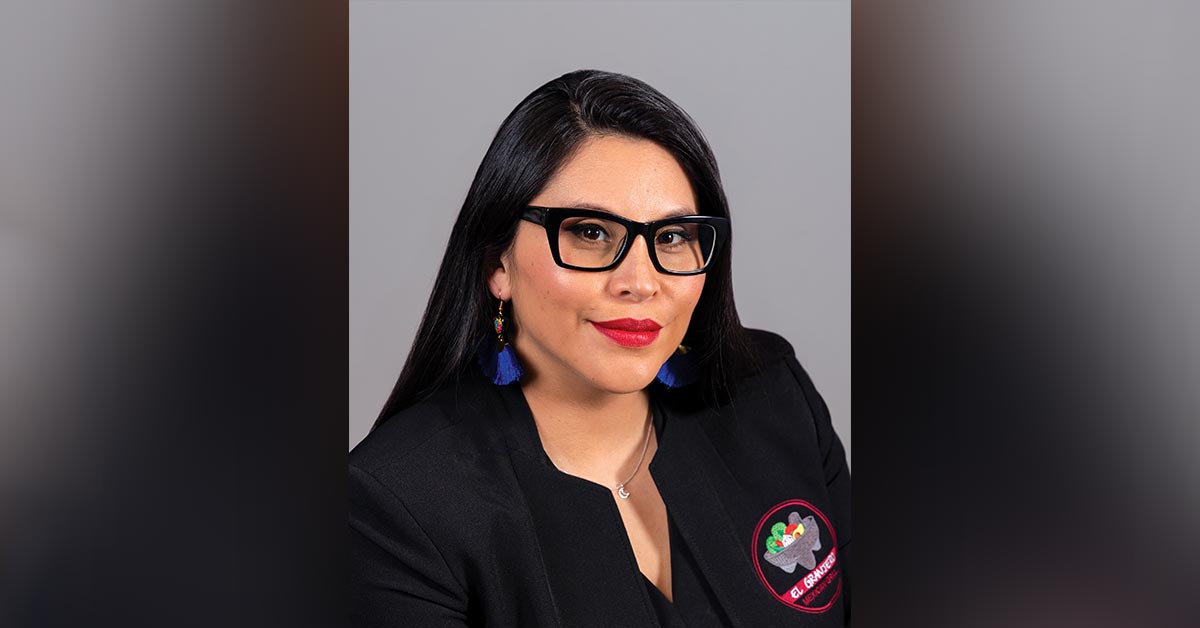The current economic and market environment has prompted many Americans to rethink their retirement strategies. If you are experiencing a job transition—particularly if the transition is unplanned and unexpected—such a reassessment may be particularly important for you. While it may be tempting to focus more on your immediate needs, you should not lose sight of long-term goals, especially your retirement strategy.
Some Basic Decisions
Your employer-sponsored retirement plan is likely to be a key component of your retirement strategy. Because it represents a key source of future retirement income, it is important to carefully consider your alternatives for administering these assets. During a job transition, you will usually have three options: Take a lump-sum distribution, leave your assets in the employer-sponsored plan, or move your assets into a Rollover IRA.
Taking a direct, lump-sum distribution—With this option, the assets in your plan are distributed directly to you in a lump sum, which provides you with immediate access to your funds. Depending on your short-term needs, that may appear to be an attractive alternative. However, a distribution will likely result in substantial federal and state income taxes and, if you are under age 59½, a ten percent IRS penalty tax, which can significantly reduce the amount of the distribution. Because you will be receiving the distribution directly, the plan administrator must withhold up to twenty percent of the value of the distribution for federal income tax purposes. Moreover, you will lose the benefit of the tax-deferred status of these assets, which could reduce the amount ultimately available to you at retirement.
The status quo option—You can decide to do nothing, leaving your assets in your former employer’s plan. That will protect the tax-deferred status of your assets and allow you to transfer the account assets at a later time to a new employer’s retirement plan that accepts rollovers. But you may be limiting your investment choices and control, because employer plans typically have a restricted investment menu and require the consent of your spouse before you can name someone else as a beneficiary.
Establishing a Rollover IRA—A Rollover IRA simultaneously addresses the issues of taxation, flexibility, and control, and may hold significant benefits for you as a result:
- If your distribution is transferred directly to a custodian, rather than to you, the Rollover IRA eliminates the withholding requirement and penalties that may result from a lump-sum distribution.
- The entire rollover amount can be invested immediately, according to the strategy you specify.
- Your assets and any earnings continue to have the potential to grow tax-deferred until you retire and begin taking withdrawals.
- You may gain access to a wider range of investment options and more retirement planning and distribution flexibility.
- You can name any beneficiary, including a trust, without needing the consent of your spouse (although special rules may apply in community property states).
Consider Consolidation
However, this may also be an excellent time to deal with multiple IRAs you may have opened over the years, and with account balances you may have left in the plans of former employers. Together, these assets may represent a significant sum. There are good reasons to consider consolidating them all in a Rollover IRA:
- Comprehensive investment strategy—It can be difficult to maintain an effective investment strategy—one that accurately reflects your goals, timing and risk tolerance—when assets are spread among multiple financial institutions. When you consolidate, your financial professional can help you ensure that these assets are part of your overall asset allocation strategy that is reflective of your current financial situation and long-term retirement goals.
- Greater investment flexibility—A self-directed IRA generally offers you the ability to choose from a wide range of investment products, including stocks, bonds, mutual funds, annuities and more.
- Simplified tracking—It is easier to monitor your progress and investment results when all of your retirement savings are in one place, because you will receive one statement instead of several. That simplifies your life while protecting the environment.
- Lower costs—Reducing the number of accounts may also reduce your account fees and other investment-related charges.
Dealing with one account rather than several also simplifies the distribution process—including complying with complex minimum distribution rules when you reach age 70½. And you avoid the risk of losing track of your retirement accounts or access to the account assets should your former employer merge with another company or go out of business. Your financial professional can help you assess your alternatives so you can make decisions based on what’s best for you. You may find that this time of transition holds benefits for your retirement assets.
With the Free Forever IRASM you can transfer, roll over or add $100,000 or more to an IRA at Morgan Stanley during 2013 and we will waive your annual maintenance fee for the life of the account.²
For more information, please contact Sharon H. Dykhouse at 616-974-8923.
Articles are published for general information purposes and are not an offer or a solicitation to sell or buy any securities or commodities. This material does not provide individually tailored investment advice. Any particular investment should be analyzed based on its terms and risks as they relate to your specific circumstances and objectives.
1 Asset Allocation does not assure a profit or protect against loss in declining financial markets.
² Free Forever IRA program requirements: The following IRA account types are eligible: Traditional, Roth, Rollover, SEP, SIMPLE and SAR-SEP; the $100,000 addition to the IRA can be a combination of any of the following: IRA contribution, rollover from another non-MS or qualified retirement plan, e.g., 401(k) or a transfer from another non-MSSB IRA; the fee waiver offer is limited to one lifetime annual account maintenance fee waiver per Social Security Number listed on the account documentation; other product fees and charges (e.g., commissions) continue to apply; assets must remain in the account for one year from the date of deposit to qualify for the Free Forever IRA maintenance fee waiver; redeposit of a client’s prior IRA distribution does not qualify. The fee waiver will occur at the anniversary billing date following funding.
Tax laws are complex and subject to change. Morgan Stanley Smith Barney LLC (“Morgan Stanley”), its affiliates, and Morgan Stanley Financial Advisors and Private Wealth Advisors do not provide tax or legal advice and are not “fiduciaries” (under the Internal Revenue Code or otherwise) with respect to the services or activities described herein except as otherwise agreed to in writing by Morgan Stanley. This material was not intended or written to be used for the purpose of avoiding tax penalties that may be imposed on the taxpayer. Individuals are encouraged to consult their tax and legal advisors regarding any potential tax and related consequences of any investments made under such account.
Submitted By: Sharon H. Dykhouse, CRPC, CRPS, Associate Vice President – Financial Advisor. Branch Name: Morgan Stanley Grand Rapids, MI. Phone Number: 616-974-8923. Web Address: www.morganstanleyfa.com/sharondykhouse. The Morgan Stanley Legal and Compliance Department has approved this article for use exactly as it appears. It may not be changed in any way. However, longer articles may be run in two or more parts as long as any disclaimers also appear in the respective parts. Please note that the non-solicitation clause must appear at the end of every article. © 2013 Morgan Stanley Smith Barney LLC. Member SIPC.
Photo: stock.xchng




